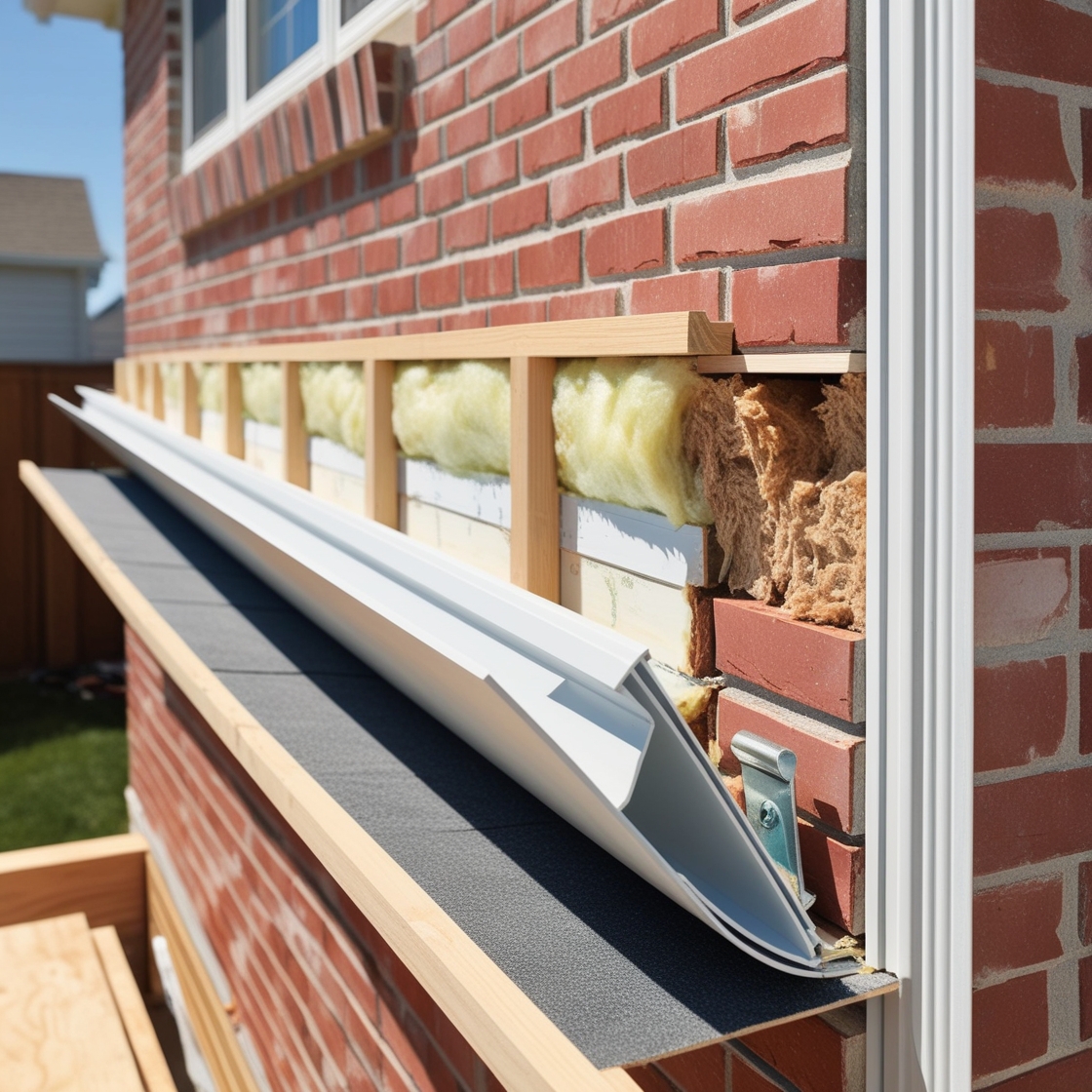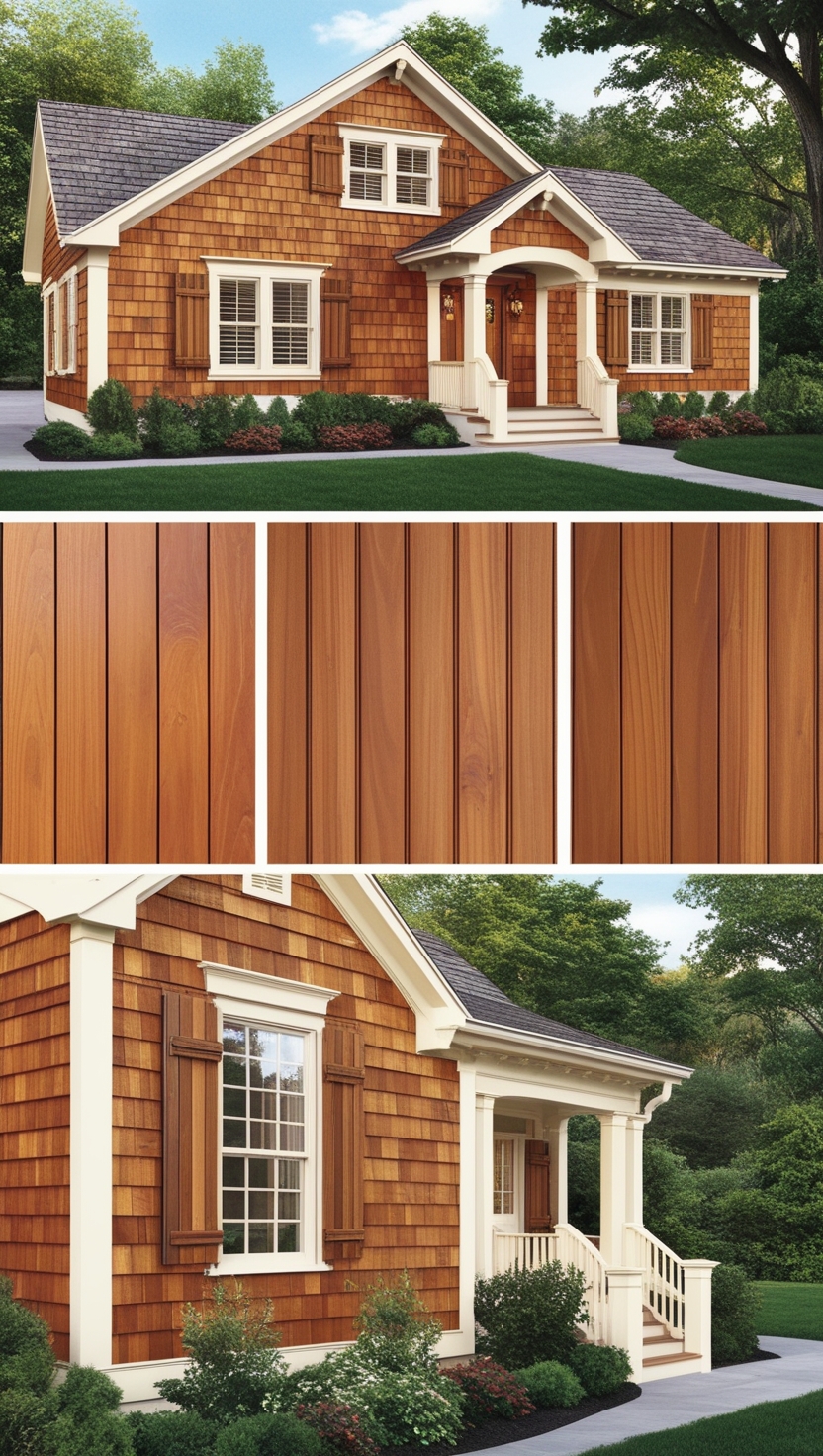Siding plays a crucial role in the overall aesthetic of your home, making it essential to choose a material and style that complements your home’s architectural design. Whether you live in a traditional Colonial, a rustic Craftsman, or a sleek Modern home, the right siding can enhance your home’s character and boost its curb appeal. In this guide, we’ll explore how to match siding with your home’s architecture, offering tips and insights to help you make the best choice.
1. Understanding Your Home’s Architectural Style
Before selecting siding, it’s important to understand your home’s architectural style. Different styles have distinct characteristics that influence the type of siding that will best complement the design. Here’s a quick overview of common architectural styles and their defining features:
- Colonial: Symmetry, simple lines, and a focus on traditional materials like wood or brick. Often features shutters, gables, and a centered front door.
- Craftsman: Emphasis on natural materials like wood and stone, with exposed beams, overhanging eaves, and large front porches.
- Modern: Clean lines, minimal ornamentation, and a focus on functionality. Often features large windows, flat or low-pitched roofs, and a mix of materials like metal, wood, and glass.
- Victorian: Ornate details, vibrant colors, and a mix of textures. Often features steeply pitched roofs, decorative trim, and asymmetrical facades.
- Ranch: Single-story, horizontal lines with an emphasis on simplicity and integration with the landscape. Often features brick, wood, or stucco siding.
Understanding these elements will guide you in selecting siding that enhances, rather than detracts from, your home’s unique character.
2. Choosing the Right Siding Material
The material you choose for your siding can dramatically impact the overall look of your home. Here’s a breakdown of siding materials and the architectural styles they best complement:
- Wood Siding: Ideal for Colonial, Craftsman, and Victorian homes. Wood siding offers a natural, timeless look that works well with traditional and rustic styles. It can be painted or stained to match the desired aesthetic and is often used in clapboard, shingle, or board-and-batten styles.
- Vinyl Siding: A versatile and cost-effective option that can mimic the look of wood, stone, or even brick. Vinyl siding is suitable for a range of styles, including Colonial, Ranch, and Modern homes. It’s available in a wide variety of colors and profiles, making it easy to match with different architectural designs.
- Fiber Cement Siding: Durable and low-maintenance, fiber cement siding can mimic wood, stucco, or masonry. It’s a great choice for Craftsman, Colonial, and Modern homes. Its versatility and durability make it a popular option for homeowners looking for a long-lasting, attractive exterior.
- Stucco: Commonly used in Southwestern, Mediterranean, and Spanish-style homes, stucco siding offers a smooth, textured finish that complements these styles’ earthy, organic aesthetics. It’s typically paired with clay tile roofs and arched windows and doors.
- Brick and Stone Veneer: Ideal for Colonial, Tudor, and Craftsman homes, brick and stone veneer add a sense of permanence and durability. These materials work well with traditional and rustic styles, offering a timeless, sophisticated appearance.
- Metal Siding: A sleek, modern option that’s perfect for contemporary and industrial-style homes. Metal siding, often made of aluminum or steel, provides a clean, minimalist look that pairs well with modern architecture’s focus on form and function.
3. Considering Color Choices
Color is a powerful tool in siding selection, influencing how your home is perceived and how well it blends with its surroundings. When choosing siding color, consider the following:
- Harmonizing with the Environment: Choose colors that complement your home’s natural surroundings. Earth tones like browns, greens, and tans blend seamlessly with wooded areas, while lighter shades like beige, cream, or soft gray can help a home stand out in urban or suburban settings.
- Accentuating Architectural Features: Use contrasting colors to highlight your home’s architectural features, such as trim, shutters, and doors. For example, a dark siding color with white trim can accentuate the clean lines of a Colonial home, while a lighter siding color with darker accents can emphasize the intricate details of a Victorian house.
- Historical Accuracy: If you live in a historic home, consider choosing colors that are true to the era in which the home was built. Many paint and siding manufacturers offer historically accurate color palettes that can help maintain the authenticity of your home’s design.
4. Balancing Texture and Detail
Texture plays a significant role in how siding complements your home’s architecture. Different textures can evoke different feelings and contribute to the overall aesthetic of the home:
- Smooth vs. Textured: Smooth siding, such as metal or vinyl, offers a sleek, modern appearance that works well with contemporary homes. Textured siding, such as wood or fiber cement, adds depth and character, making it ideal for traditional and rustic styles.
- Shingles and Shakes: These are often used to add texture to Craftsman, Victorian, and Cape Cod-style homes. They can be used as accents in gables or on the entire exterior to create a more dynamic look.
- Board-and-Batten: This siding style features alternating wide and narrow boards, creating a vertical pattern that adds height and visual interest to a home. It’s commonly used in Craftsman, farmhouse, and rustic designs.
5. Integrating with Other Exterior Elements
Siding should harmonize with other exterior elements, such as roofing, windows, and landscaping, to create a cohesive look. Consider the following tips:
- Roofing: The color and material of your roof should complement your siding. For example, a red brick home might look best with a dark gray or black roof, while a home with light-colored vinyl siding could pair well with a brown or tan roof.
- Windows and Doors: The trim around windows and doors should contrast with the siding to create definition and enhance architectural details. For example, white trim against dark siding can make windows pop, while a bold door color can add a focal point to the exterior.
- Landscaping: Consider how your siding color and texture will interact with your landscaping. A home with extensive greenery might benefit from neutral siding that allows the landscaping to stand out, while a more subdued landscape might pair well with bolder siding choices.





